$87.97 Original price was: $87.97.$61.58Current price is: $61.58.
SKU: D2LSC 3729464825 Categories: SHRUBS & BUSHES, Viburnums
- Free Shipping Worldwide
- Multiple payment options for secure shopping with SSL
- The best quality products, always.
- Multiple payment methods, safe and reliable

Maple Leaf Viburnum
Viburnum acerifolium
Other Names: Mapleleaf Viburnum
Plant Details
USDA Plant Hardiness Zones: 4a-8b Find Your Zone
Plant Type: Deciduous Flowering Shrub or Small Tree
Height at Maturity: 4-6′
Width at Maturity: 3-4′
Spacing: 3-3.5′ apart for solid hedge; 8’+ apart for space between plants.
Growth Habit / Form: Upright
Growth Rate: Slow to Moderate
Flower Color: White
Flower Size: 3-4″
Flowering Period: Mid Spring to Early Summer
Flower Type: Flat-Topped Clusters
Fragrant Flowers: No
Foliage Color: Green shades; Pink, Purple and Red shades in fall
Fragrant Foliage: No
Berries: Yes
Berry Color: Blue turning to Black
Sun Needs: Full Sun or Shade
Water Needs: Average
Soil Type: Clay, Loam, Sandy, Silty
Soil Moisture / Drainage: Moist But Well Drained
Soil pH: 5.0 – 7.5 (Acid to Neutral)
Maintenance / Care: Low
Attracts: Birds, Butterflies, Beneficial Insects, Visual Attention
Resistances: Cold (-30F), Deer, Disease, Insect
Description
A highly attractive and easy to grow North American native flowering shrub, Viburnum acerifolium, commonly called Maple Leaf Viburnum sports leaves that resemble those of a maple tree. Also highly adaptable, it will thrive in sunny or shady landscape or woodland setting and is a fine addition to the flowering shrub border. In our north central Georgia gardens it usually blooms from April to June. Abundant flat-top clusters of butterfly-attracting pretty white flowers are sometimes followed by clusters of blue-black berries that are enjoyed by the birds. During the warm season the handsome leaves are green shades that turn to red, pink and purple shades with the arrival of cooler temperatures in fall. We’ve seen no significant problems with disease or insects and deer don’t bother it. If you love Viburnums like we do, this 3-season beauty is definitely one you’ll want to add to your collection!
Landscape & Garden Uses
Growing 4 to 6 feet tall and 3 to 4 feet wide, the Maple Leaf Viburnum is ideal for use as an accent in smaller garden spaces and home foundation plantings or in groupings or as a natural hedge in larger sunny to shady woodland, flowering shrub or landscape borders. A fine addition to Viburnum gardens, native gardens, butterfly and beneficial pollinator gardens, bird and wildlife gardens, white theme gardens and cottage gardens.
Suggested Spacing: 3 to 3.5 feet apart for solid hedge; 8 feet or more apart for space between plants.
Growing Preferences
Maple Leaf Viburnum is very easy to grow in most any moist but well drained soil of average fertility and full sun to mostly or dappled shade. It prefers a loamy soil rich in organic matter. As with so many other ornamental plants it does not like constantly soggy or wet conditions. Deer haven’t touched it in our gardens. Doers not require pruning however responds well to it for shaping purposes or to remove a stray branch. Any heavier pruning is best done immediately after flowering, but do keep in mind that by removing spent flowers berries will not be produced.
Helpful Articles
Click on the link below to find helpful advice from our experts on how to plant, prune, fertilize and water Viburnums.
How To Plant And Care For Viburnum Plants
Plant Long & Prosper!
Meet The Wilson Brothers & Staff
Questions? Contact Us
Be the first to review “Maple Leaf Viburnum – 3 Gallon Pot” Cancel reply
Related products
New
New
New
New
Camellias
New
Camellias
New
New
SHRUBS & BUSHES
Pink Flush Variegated Tea Olive (Osmanthus Fragrans ‘Yinbi Shuanghui’) – 2 Gallon Pot
New

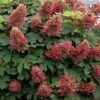

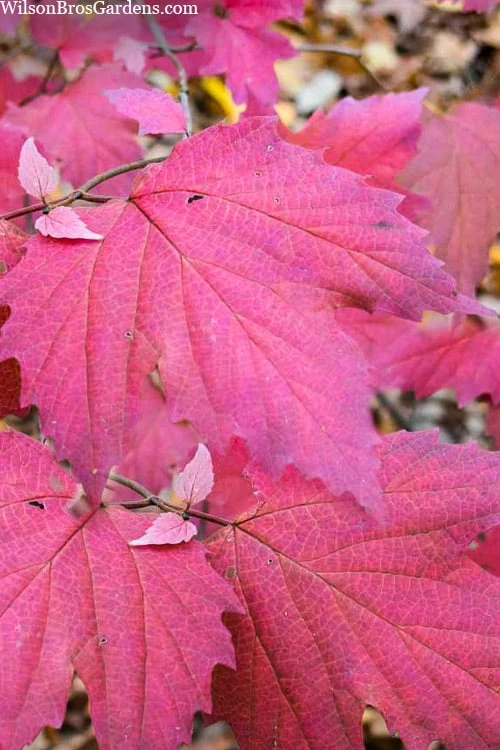
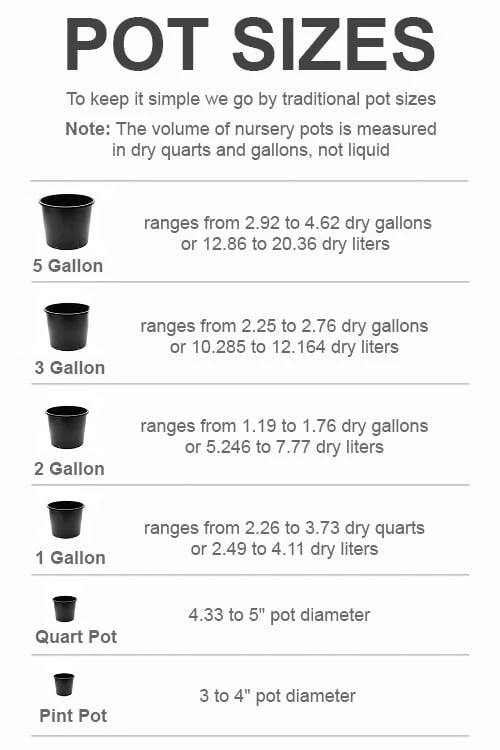



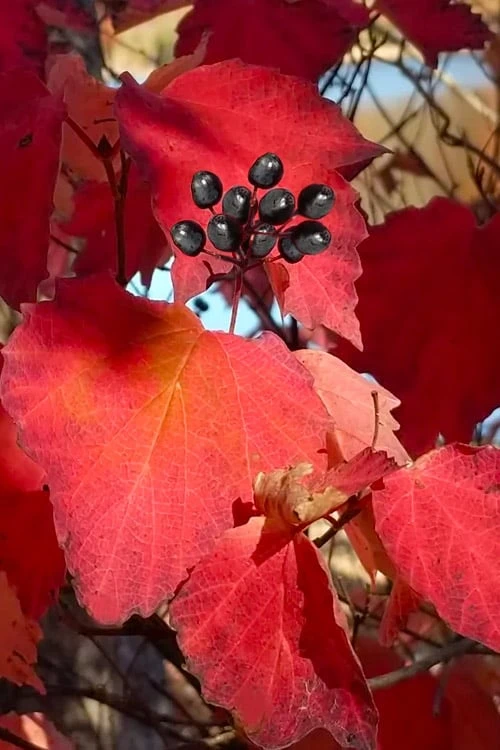

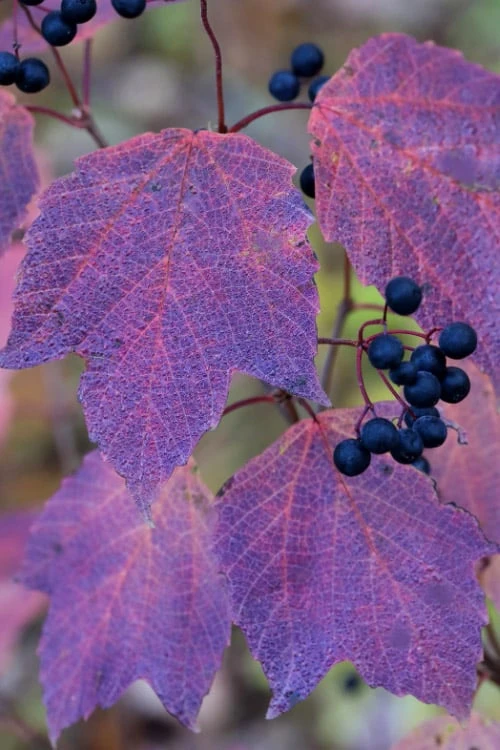

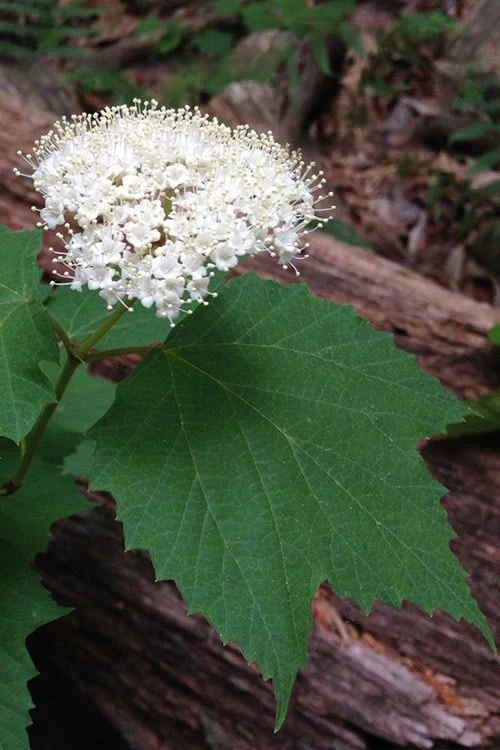
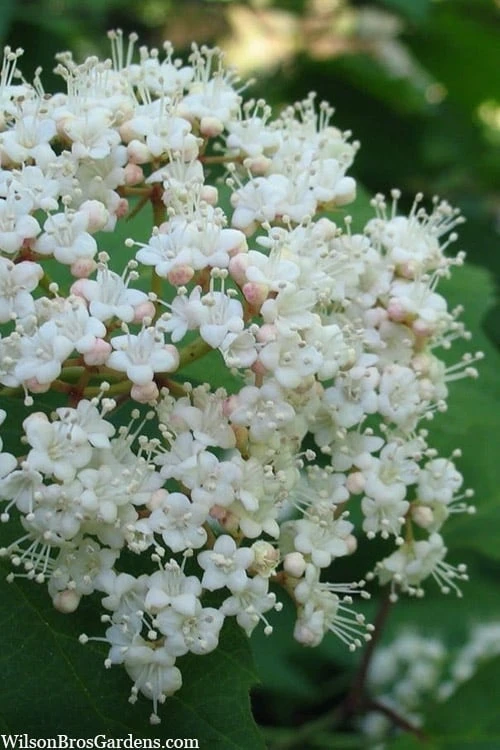













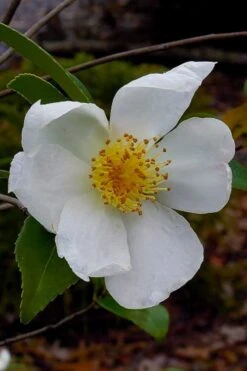

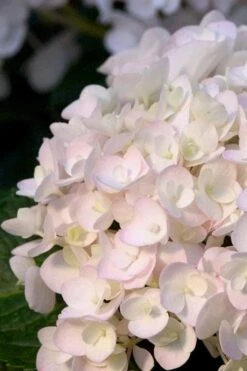
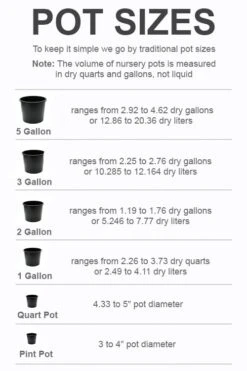

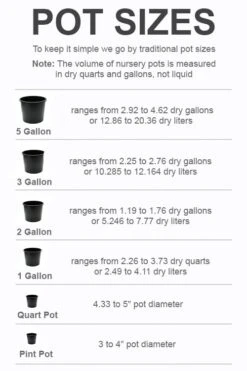

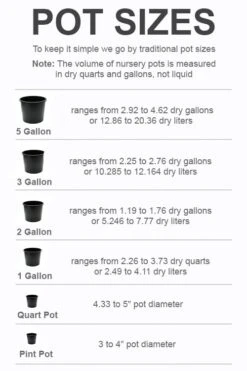

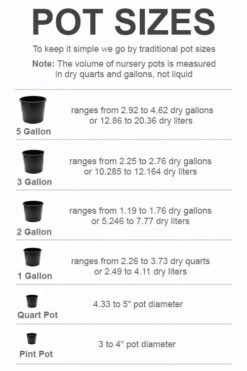

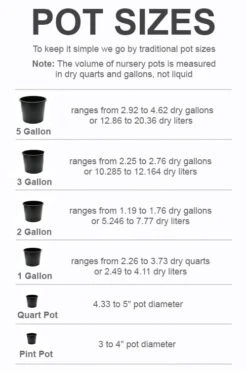

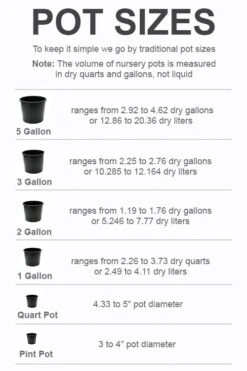
Reviews
There are no reviews yet.